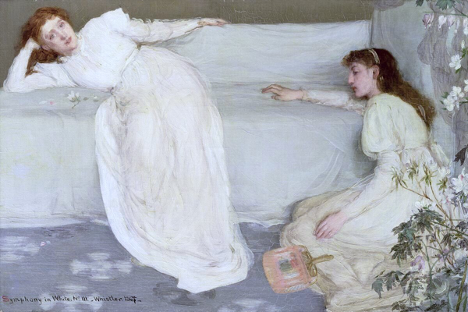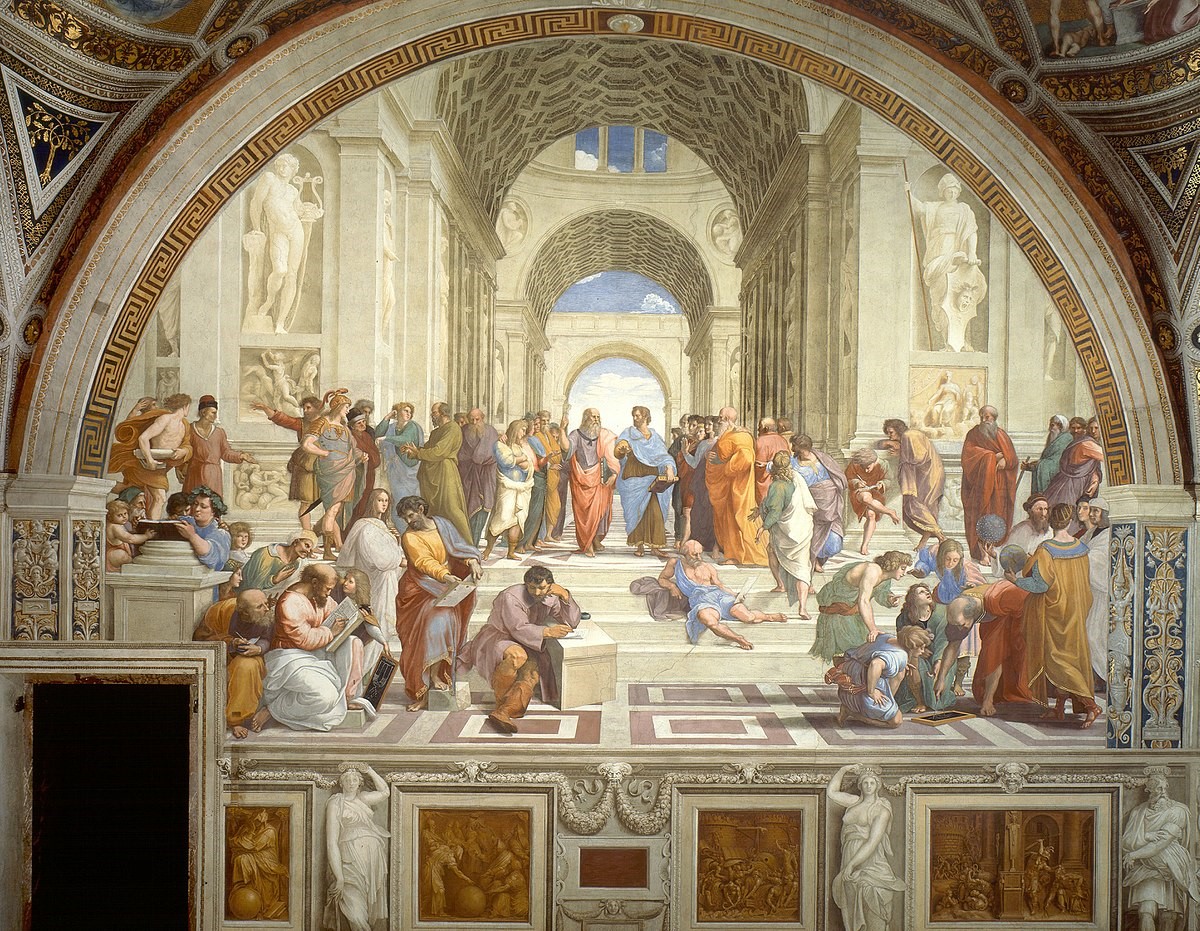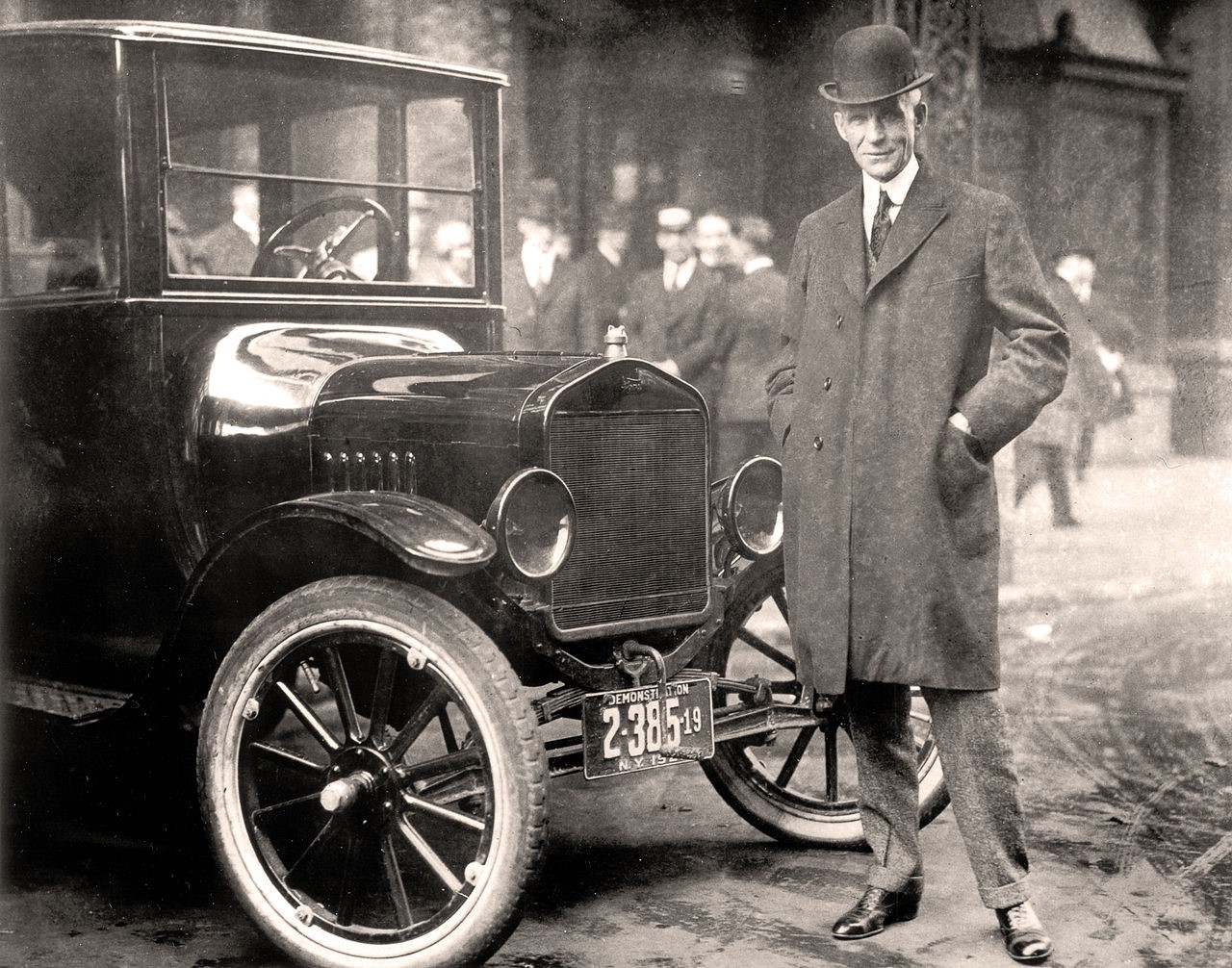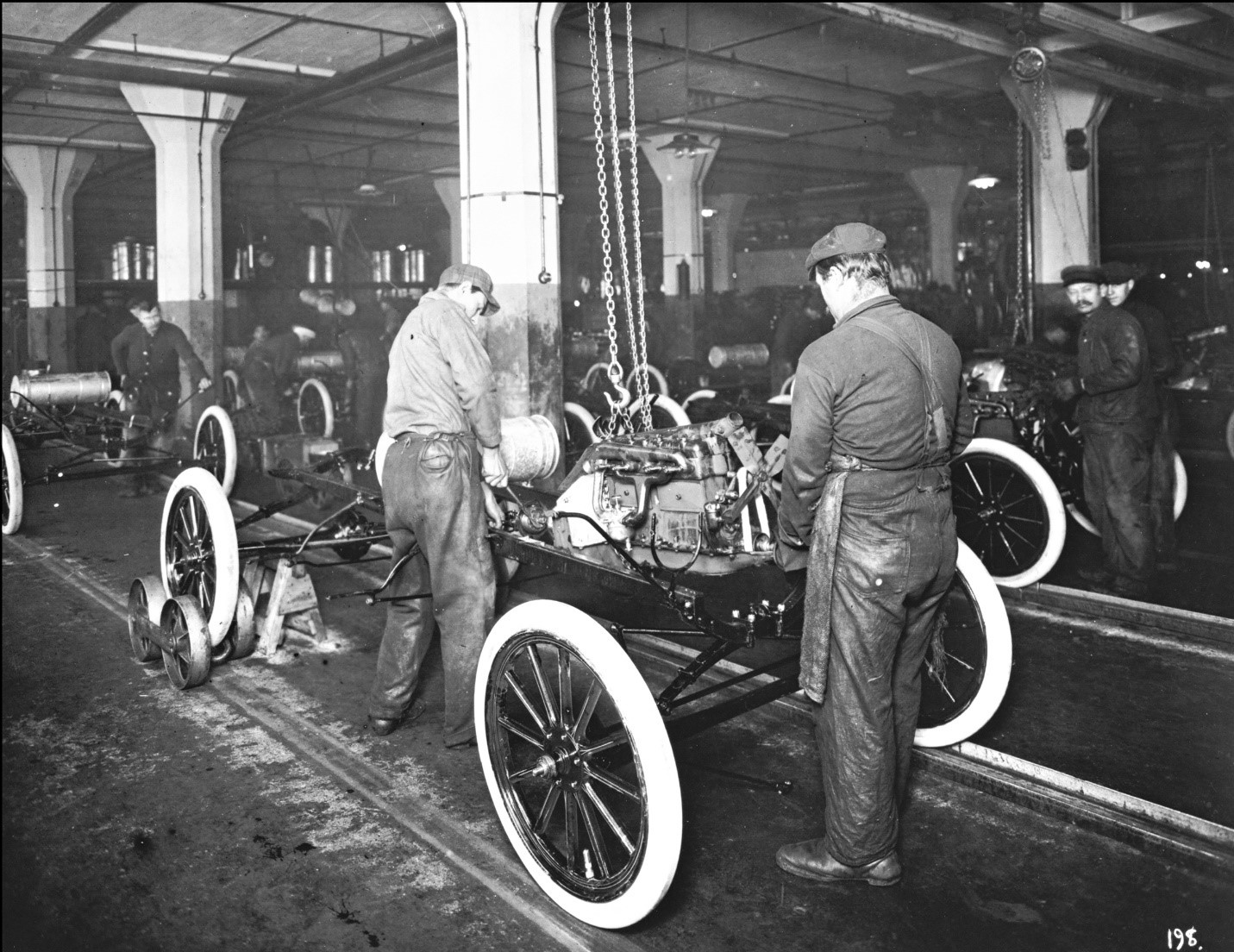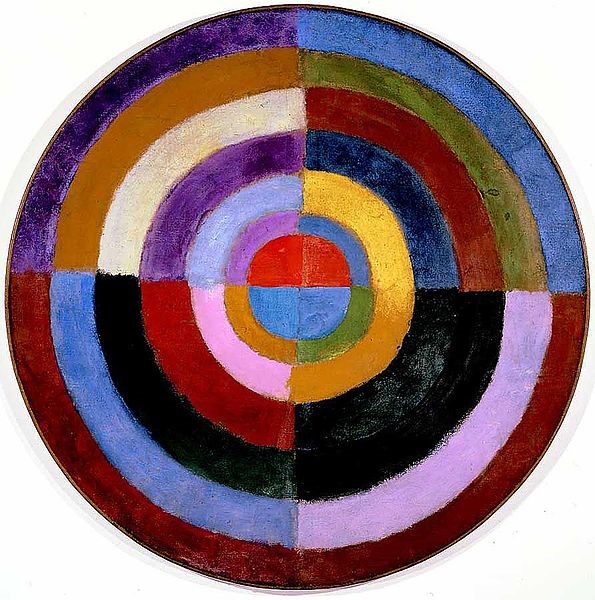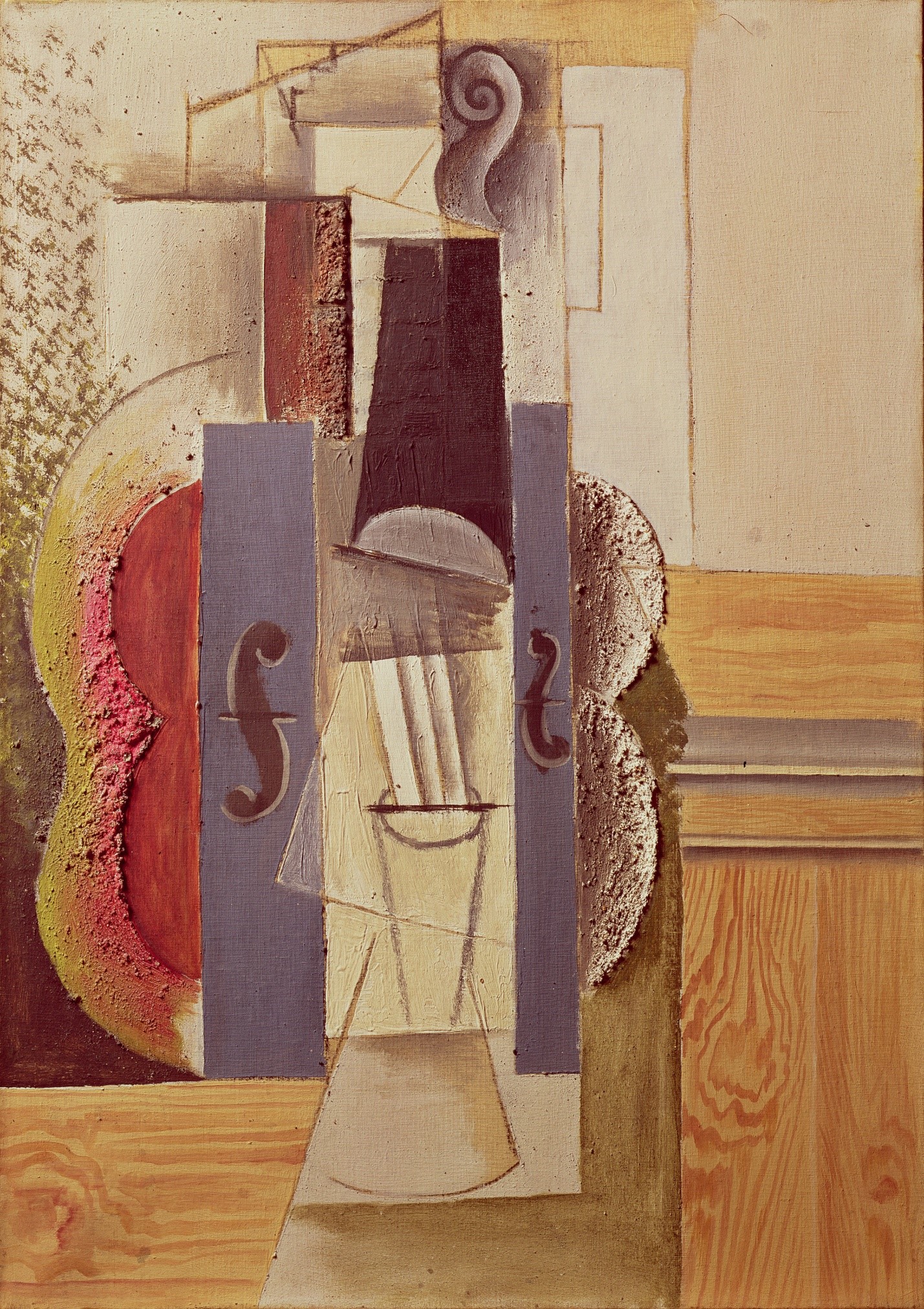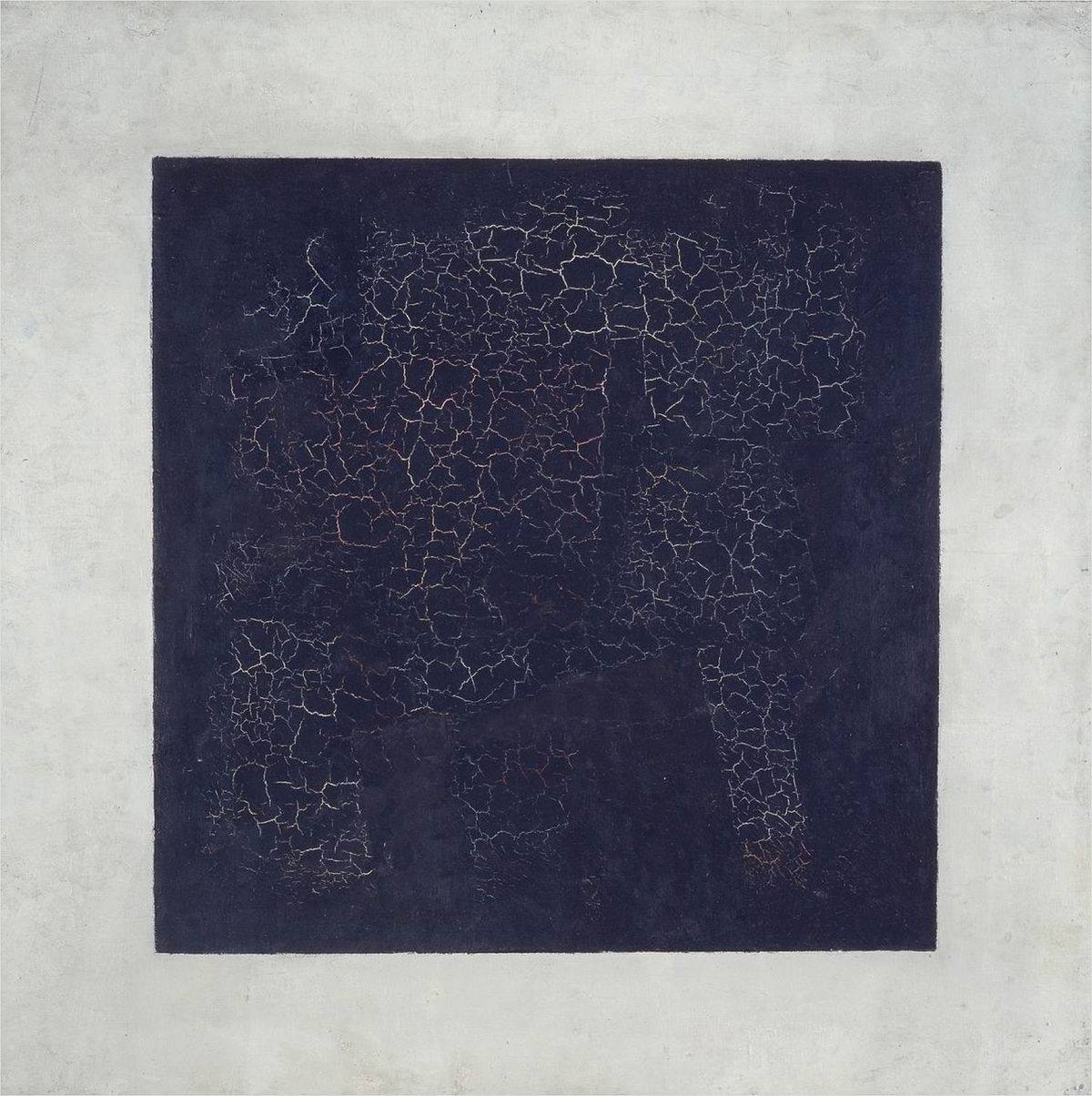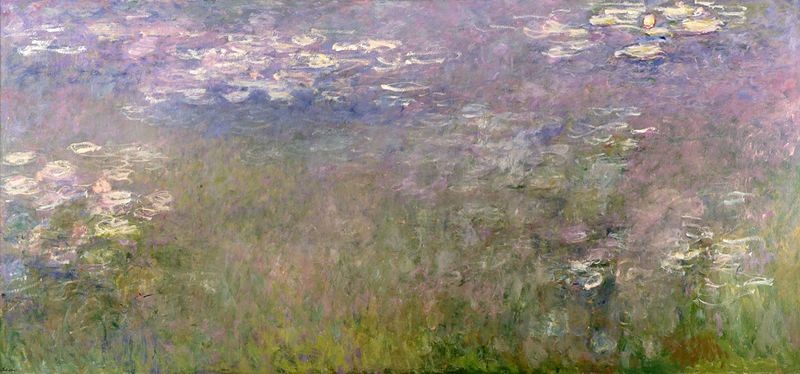Creativity and Critical Thinking: Art, Wit and Assembly Lines
What is the relationship between creativity and problem solving? One common understanding of creativity is the post-WWII American idea of creativity, the one associated with Abstract Expressionism. It follows Romanticism’s focus on the individual and personal experience. American artists to this day largely believe that authentic art comes from the individual’s personal vision. This view doesn’t see art as functional or the result of problem solving: it believes in art for the sake of art.
A painting by the American-born James McNeill Whistler (1834 – 1903), the
leading proponent of the 19th century Aesthetic Movement that popularized
the term “Art for art’s sake”: Symphony in White III, 1865-7, 51.4 cm × 76.9 cm
European painting before WWII, on the other hand, was based in culture. To move forward, an artist would learn the lessons of what came before and try to move it forward. The artist would trust the audience to see the difference. Context made it clear.
Raphael, School of Athens (1509 – 1511), a seminal masterpiece of the High Renaissance
In the end, these two approaches are very different and many see them as opposites. One believes the source of creativity is the individual human spirit while the other sees it as the outcome of an individual’s active engagement with the social practice of culture. In terms of philosophy, these two schools of thought roughly correspond to the basic difference between Enlightenment and Romantic thinking or, as the founders of art history put it, Renaissance and Baroque. Whereas Enlightenment and Renaissance are based in science, data and objectivity, Romantic and Baroque thinking are defined by emotion and subjective experience. For talking about art, the post-war American myth of creative genius is useful because it is the most common understanding of artistic creativity in contemporary Western culture: The individual artist heroically struggles to express their personal vision through their materials. It is not by chance that Van Gogh’s popularity has largely grown through American outlets since the 1934 publication of Irving Stone’s novel Lust for Life. Van Gogh is now the universally acknowledged model for this myth. He might be the most famous artist now, but he only sold a single painting during his lifetime. Something changed.
Until recently, “romantic” was an insult to most any art student. But now, most people now don’t think of these as incompatible ideas at odds with each other. We appreciate creative solutions to important problems and we appreciate songs, novels or stories in which the author’s imagination takes us to unexpected places.
Many great ideas are creative improvements. Radio, for example, came after and out of the invention of the telephone. Instant messaging followed email. Jets came after airplanes.
While we tend to talk about them more, true breakthroughs are rare. Einstein, for example, gave us the image of a boy on a train who bounces a ball. To him, it goes straight up and down. To a person standing on the platform as the train goes by, the shape of the bounce is a very long “V”. The ball doesn’t simply go down 50 cm and back, as it leaves the boy’s hand, it also travels 20 m from right to left. This is Special Relativity and the idea changed how people understand the world.
1913
People’s inventions again and again have changed the size and shape of the world – generally making it smaller: the astrolabe, photography, gunpowder, electricity, steam-powered ships, x-rays, smart phones, antibiotics and the list is practically endless.
Most patents, however, are not radically new things but improvements on existing items. People are problem solvers. We are improvers. The Ford Model T was great, and its production was first use of the moving assembly line. Cars are now much safer, faster and dependable because of improvements like review mirrors, seat belts, airbags, power brakes and, again, the list is practically endless.
Henry Ford With a Model T
About his car, Henry Ford famously said, “Any customer can have a car painted any color he wants, so long as it is black.” Wit is a type of creativity, but what we see here is the seed of an idea. Ford knew people wanted cars of different colors and yet he kept to his new model of uniformity, regularity and predictability. Why? Was this for branding? Or, maybe, it was about fixing the idea in the public’s mind about interchangeability of parts – fungibility? Or both? Back to wit: It requires context to be legible. It is the tree that doesn’t fall in the forest unless someone hears it. In this sense, wit, in terms of creativity, follows the non-American/Enlightenment/Renaissance model: you take a recognizable thing, and you add something to it.
Model T Assembly Line opened in 1913
The assembly line could never have existed alone – it is a platform for making something else. It is an example of critical thinking: How can we most efficiently make a car? Above, we listed improvements to cars, all of which were examples of problem solving.
Culture often operates the same way. We think of abstract painting in the West as something that happened just over one century ago. Was it invented or discovered? Or was it something different? Abstract painting happened pretty much all at once throughout the Western world in 1913: Delaunay in France, Mondrian in the Netherlands, Kandinsky in Germany, Malevich in Russia, Balla in Italy, Kupka in the Czech Republic, and Dove in the USA among others.
Robert Delaunay (1885 – 1941), 1913, Premier Disque (First Disk), 134 cm, oil
on canvas, Esther Grether Familensammlung (Foundation), Switzerland.
Was it that someone put paint on a canvas for the first time in a way that didn’t look like a specific thing? Clearly, that was not the case. Consider the idea that paintings took on the problem of finding the edge of legibility – the bare minimum needed in a painting so we can recognize the object – and that suddenly it occurred not only to painters – but the to the public – that it was enough for a painting to be recognizable as a painting. Finding that edge of meaning, after all, is what Cubism was all about. Picasso never made abstract paintings, but his Cubist experiments made it possible for abstraction to happen. In short, abstraction was an answer to a question raised by Cubism: What is the bare minimum required for a painting to be legible?
Cubist Painting: Pablo Picasso, 1913, Violin Hanging on the Wall, oil
spackle with sand, enamel, and charcoal on canvas, 65 x 46 cm
While he didn’t invent the assembly line, Ford used the first moving assembly line to make the Model T in 1913. Q. What do assembly lines and abstract painting have in common, if anything? A. Efficiency. The problem was avoiding waste. Ford cut the process of manufacturing a car to 45 steps and so a Model T could be built in 93 minutes. An abstract painting could be recognized as a painting at a glance, a quality celebrated by the Post-Painterly Abstraction artists such as Ken Noland in the 1950s.
The Figure / Ground Problem in Painting
Jackson Pollock is the very image of the American artist. He was the postwar star, the self-tortured and troubled genius who struggled to express himself to the point of tragedy. The (overly) simplified story is that he invented something completely new: He dripped paint with a stick instead of using a brush… to express his unique self on giant canvases. So, Pollock was the American model – something absolutely new driven by internal, personal vision.
But does Pollock fit the Non-American/Renaissance model? The answer here is also yes. He resolved the modernist painting problems of using line in a way that doesn’t describe shapes – his rhythms were so intense that we can only see them as rhythms and not as forms. More important, however, he solved the figure/ground problem. To understand this, consider that Malevich’s black square was legible as an – abstract – painting because it was a dark figure/form on a white background.
Kazimir Malevich, 1913/15, Black Square, oil on linen, 79.5 x 79.5 cm, Tretyakov Gallery.
Oddly enough, the person who made the figure/ground problem a significant issue in Western painting was none other than the leading Impressionist, Claude Monet, whose late series of water lilies are paintings of the surface of his garden pond in Giverny as they reflect the sky. Looking down, they have no horizon lines. Dissolving the landscape, these large and loose paintings became the forebears of American Abstract Expressionism. What made them creatively radical, however, was the lack of a clear figure/ground distinction: the surface of the pond essentially became the surface of the painting.
With his drip paintings, Pollock solved the problem of making a painting that didn’t rely on the figure/ground distinction. A radically different and no less creative solution was by Jasper Johns in 1954 when he painted the American flag. He solved the figure/ground problem by making them the same thing: The flag is the figure and the ground.
Creativity and Culture
The quiet undercurrent here is the relationship of creativity and problem solving. When we talk about the creative economy, we often leap to the image of the artist creating value – capital – from skill, labor and personal creative vision. Problem solving, on the other hand, comes to us in far more pedestrian terms: How creative is it, after all, to solve a problem? You might take a different path, but, by definition, you arrive at a pre-determined place. Yet, depending on your perspective, these opinions could be reversed: Culture doesn’t incorporate innovations unless people choose to change. And a truly new artistic act is generally invisible because people can’t/don’t see it as art. The moving assembly line, on the other hand, changed the world. Vaccines changed the world. Trains, eyeglasses and even answering machines changed the lives of people worldwide.
At its best, innovation is about improvement. What will make us healthier? How can we cut down on pollution? How can we communicate better? How do we improve the lives of people? The ethic of innovation is fundamentally about making the world a better place – safer, cleaner, more efficient and more compassionate. In short, creativity is about making us better as people – and even more human than we already are.
Written By Daniel Kany


